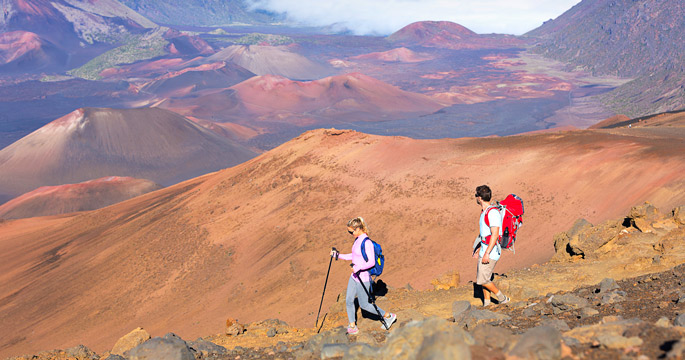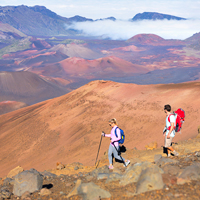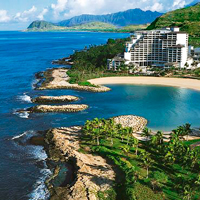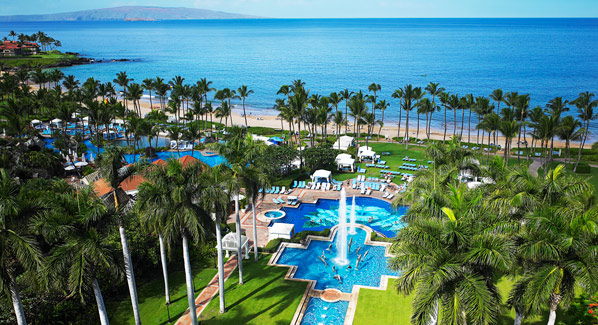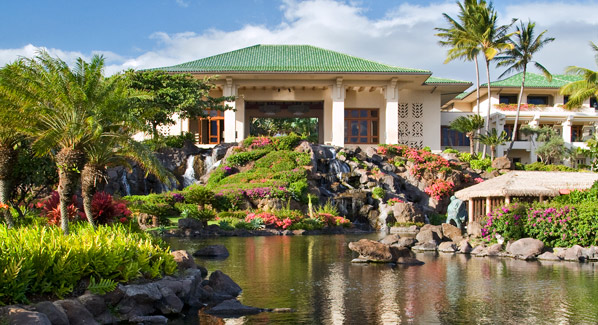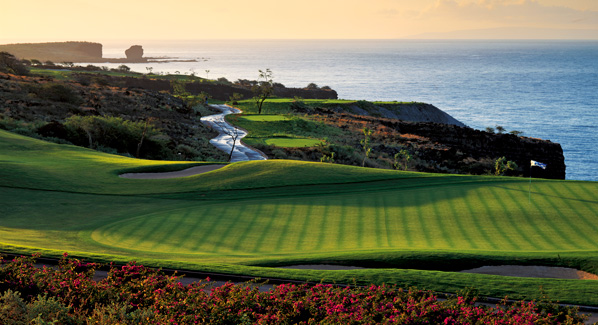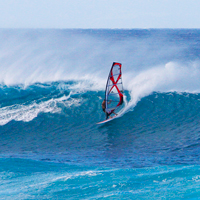The Hawaiian Islands were built by volcanoes. Maui can lay claim to two. Kahalawai is the traditional name of the smaller and long-expired cone better known as the West Maui Mountains. To the east, Mount Haleakala’s island-dominating profile hasn’t shown activity for several hundred years, yet is still considered a dormant rather than extinct volcano.
For an exciting range of outdoor activities head to Haleakala. This two-mile-high mountain creates the island’s weather and views. Whether exploring its verdant lower slopes or descending into the otherworldly interior crater, there are adventures suitable not only for the bold and fit, but for the rest of us as well. Here are some of the ways you can enjoy Haleakala, the peak known in the Hawaiian language as the House of the Sun:
Drive It
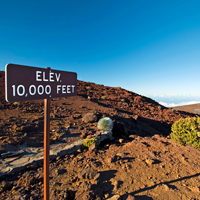
The Haleakala summit sits at an elevation of 10,000 feet, which can provide a breath-taking contrast when driving up from sea level. Photo: iStock
Haleakala is one mountain you won’t have to climb, thanks to a paved highway that zigzags its way up to the rim of the crater, which sits more than 10,000 feet above sea level. It’s a 90-minute drive from Lahaina or the Kihei area, so you’ll have to get up early if you want to watch the sunrise from up top. And dress warm because fog and early morning temperatures around 40 degrees will greet you. Air temps usually climb into the 60s by afternoon. A trip to catch the sunset is another equally popular option.
Hike It
Aside from the road leading to the summit, the remainder of Haleakala National Park is preserved in a natural state and can only be accessed by foot. You’ll find trails for all levels, from short paths, along the summit rim suitable for all ages, to all-day and overnight descents into the lunar- like interior of the crater that are only for the fit and well prepared. On any hike, keep in mind that you are starting at an altitude of as much as 10,000 feet, where hydration and sun protection shouldn’t be overlooked.
Bike It
Cyclists looking for a challenge can take on all or part of the 38-mile route from sea to summit. The climb is steady, but grades are manageable rather than extreme. High performance rental bikes are available in case you don’t want to ship your own ride. Far more popular—and less demanding—are the shuttle-up/drive-down excursions offered by several tour companies. After a van ride to the summit to admire the view, the 25-mile downhill run begins at the park entrance. Dress warm, and if you aren’t keen on the 3:30 a.m. wake-up call required for the sunrise tour, opt for the mid-morning ride, or rent bikes and a rooftop carrier and stage a self-guided descent.
Ride It
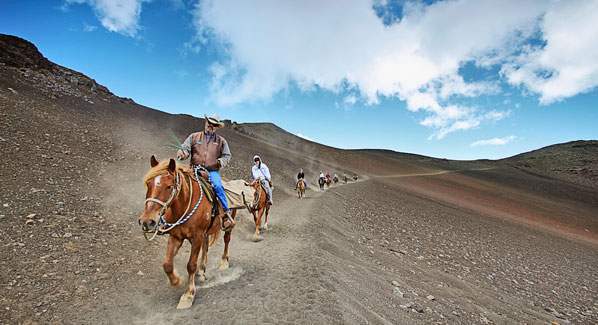
For many years, horseback tours included trail rides into the crater. Currently, routes have shifted to the greener outer slopes. Photo: iStock.
Saddle up to explore the lower slopes of the volcano at one of two working cattle ranches. These rides take you through pastures with panoramic views of the Pacific Ocean far below and into shaded groves of eucalyptus, koa and ohia trees. Reservations are usually needed, as these are popular rides.
Zip It
Zip-line and canopy bridge tours are Maui favorites, and several of the best courses are located on the wooded lower slopes of Haleakala. These tours make a good add-on after a trip to the summit, as they are located near the base of the park’s highway and typically take a couple of hours to complete.
Fly It
If you are standing on the peak of the volcano and feel an urge to leap into space, seek professional help. The experts take off from the top, but you’ll actually need to move a bit downslope to harness up for a tandem paraglide adventure. The views will still be amazing. Paragliding, which is a cross between parachuting and hang gliding, begins with a short downhill run followed by a soaring descent that can last up to a 15 minutes.
Camp It
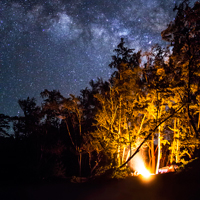
Hosmer Grove, on the wooded middle slopes of Mount Haleaka provides campers with a memorable backdrop. Photo: Brad Scott/iStock
Intrepid back country explorers who obtain permits can camp or stay in the wilderness cabins located deep within Haleakala National Park, but they’ll have to carry everything on their back—including water. For a more civilized take on tenting, you can drive to the Hosmer Grove campground, which sits just below the summit entrance and has 50 sites with water and no-frills bathrooms.

